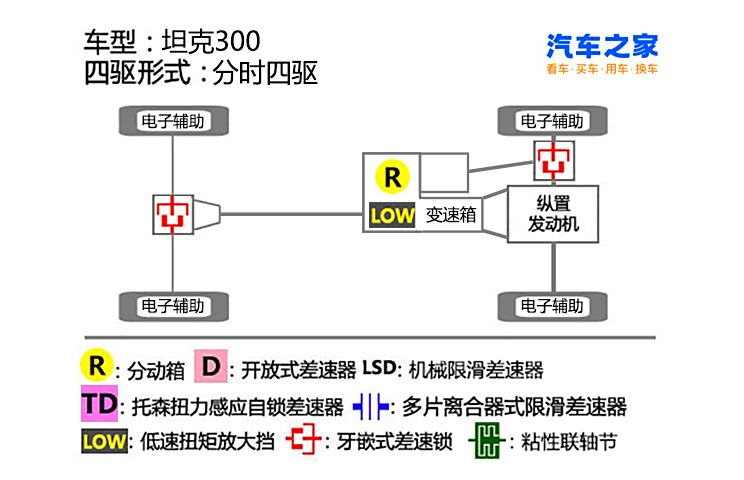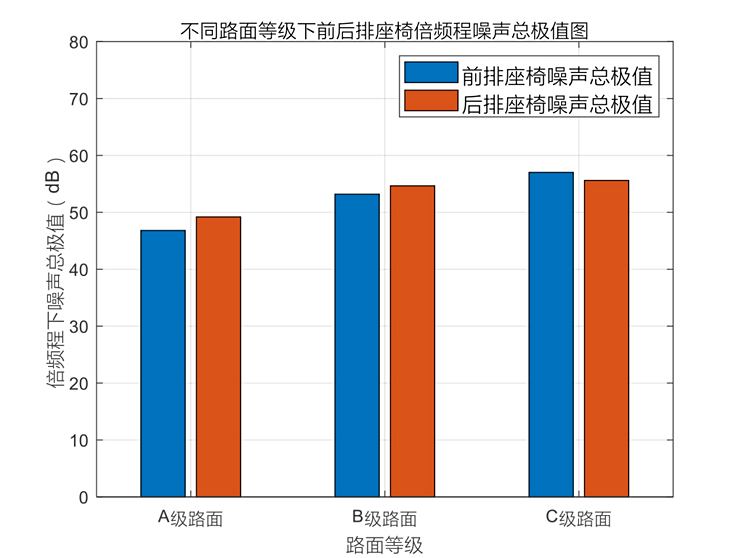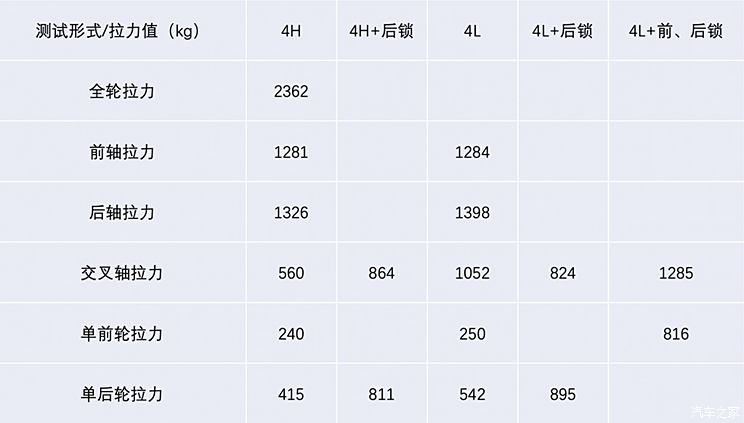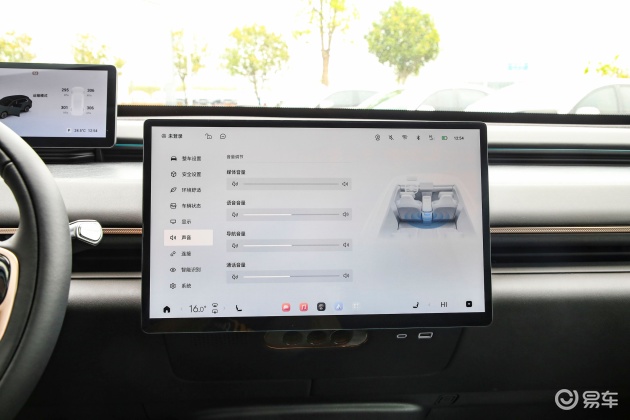Original Li Xinting Times Weekly
Guangdong Yuehai Tianhe City (hereinafter referred to as "Tianhe City"), which once opened the first year of China Shopping Center by Guangzhou Tianhe City Shopping Center, failed to survive the industry cycle.
Recently, according to the notice issued by WeChat official account, the official commercial WeChat of Tianhe City in Guangdong Province, due to the expiration of the lease contract of the shopping mall, Dongpu Store of Tianhe City Department Store in Guangzhou will be closed on December 31, 2023.
This is the second store that Tianhe City Department Store has closed in Guangzhou this year. As of the end of 2017, Tianhe City Department Store had 9 stores, but since then, Tianhe City Department Store has closed many department stores. After the closure of Dongpu Store, Tianhe City Department Store has only four stores in Yingmen Store, creating a new low in the number of stores in Tianhe City Department Store in recent years.
The continuous contraction of Tianhe City’s department store format is the epitome of the current offline consumption format iteration.
Under the impact of e-commerce, in recent years, traditional department store brands with old space design and poor consumption experience have successively withdrawn from public view. At the same time, new shopping centers that focus more on catering, tide play and other experience formats continue to attack. Between advance and retreat, Tianhe City is also striving to update its own format.
On December 7th, regarding the business operation of Tianhe City Department Store and Shopping Center, Time Weekly reporter called and sent a letter to Tianhe City’s parent company, Yuehai Investment (00270.HK), but no reply was received as of press time.

△ Tianhe City Department Store Dongpu Store Times Weekly reporter photo

Close 5 stores in 6 years.
Tianhecheng Department Store Dongpu Store, which recently issued a notice of suspension, has been in business for nearly 12 years, but in terms of "qualifications", it is still slightly inferior to Tianhecheng Department Store Beijing Road Store, which closed at the beginning of the year.
On March 26th, Tianhe City Department Store Beijing Road Store closed due to the need of strategic adjustment. The store opened on September 26th, 2008, and has been in business for nearly 15 years by the time it closed.
In addition, in recent years, the size of Tianhe City department stores has continued to shrink. As of December 31, 2017, the number of Tianhe City department stores was 9. Since then, including the two stores closed this year, Yuehai Yangzhonghui Store, Dongguan Store and Foshan Nanhai Store have also been closed.
The continuous closing action is directly reflected in the weak performance of Tianhe City Department Store in recent years.
Yuehai Investment Financial Report shows that from 2015 to 2019, the annual revenue of Tianhe City Department Store declined as a whole. In 2019, Tianhe City Department Store’s annual revenue was 665 million Hong Kong dollars, down 7.2% year-on-year, and its pre-tax profit was 230 million yuan, down 2.3% year-on-year.
The latest financial report shows that in the first three quarters of 2023, the revenue of Tianhe City Department Store was 592 million yuan, down 0.7% year-on-year; Affected by the fair value loss of investment properties during this period and the gains from shortening the lease period of department stores, the pre-tax profit decreased by 84.8% to HK$ 23.787 million.

△ Tianhe City Department Store Dongpu Store Times Weekly reporter photo
The decline of Tianhe City Department Store is the embodiment of the dilemma of the current traditional department store format.
The emerging e-commerce format in recent years has a huge impact on physical commerce. On December 6, Lai Yang, member of the Expert Committee of China Business Federation and executive vice president of Beijing Business Economics Association, told the Times Weekly reporter that in the era of cloud consumption, it has become a general trend for consumption to break the restrictions of time and space. Traditional department stores sell goods in stores, and labor costs, rental costs, offline channel costs, inventory costs, etc. need to be converted into product pricing, so commodity prices are on the high side.
"In contrast, online shop products have low cost, diverse choices and convenient delivery. Therefore, the opportunity for consumers to go to traditional department stores for rigid shopping needs is now tending to zero. " Lai Yang analyzed.
On the same day, a commercial real estate operator told Times Weekly that the biggest problem of traditional department stores is that the format is single and the space design has fallen behind the times.
"Traditional department stores are highly focused on retail, with limited supporting facilities and catering formats. There are almost no categories with particularly novel experiences, which are out of the current consumption hotspots, and the catering formats are often limited to street shops, lacking quality and special catering categories. At the same time, because there is no atrium in traditional department stores, customers will feel limited in terms of on-site activities, beauty and customer service. " The operator said.

Performance fluctuation of shopping center plate
While the traditional department store format has declined rapidly, the offline consumption format has also ushered in a breakthrough.
Laiyang told Times Weekly that people’s offline consumption behavior has shifted from meeting rigid demand to experiential consumption. Nowadays, consumers’ main demand for offline business has turned to socializing or discovering some novel and interesting products.
"The sense of existence in the offline retail format has been greatly reduced, and catering, leisure, culture and entertainment have become the key to stimulating offline consumption. The performance of offline businesses that have made breakthroughs and innovations in this regard is good, and they are still based on the traditional model, and the difficulty of survival will become more and more serious. " Lai Yang said.
Therefore, in recent years, new shopping centers that pay more attention to providing "experience" are constantly rising, and Yuehai Investment has also widely distributed shopping malls across the country.
In 2017, 2020 and 2022, Tianhe City Shopping Mall operated by Yuehai Investment in Tianjin, Panyu, Guangzhou and Shenzhen opened one after another. At the beginning of 2022, Tianhe City Shopping Center Beijing Road Store also reported that its business area continued to expand.
In the operation of shopping malls, Yuehai Tianhe City is struggling to catch up with the consumption trend.

△ In July this year, Guangzhou Tianhe City Shopping Center, located in Sports West, held a theme exhibition of Baokemeng. Source: Guangzhou Tianhe City official Weibo.
Tianjin Tianhe City Shopping Center, which opened in 2017, is positioned as a one-stop "city enjoyment home", which not only introduces diversified formats such as fashion clothes, cultural travel experience and indoor entertainment, but also increases the proportion of catering formats to 30%; Panyu Tianhe City, which opened in 2020, introduced brands covering retail, catering, entertainment, education and other formats, providing a variety of experiences such as home aesthetics, trendy skin care and beauty, and trendy play.
Tianhe City, Shenzhen, which opened at the end of 2022, organically integrated with the Golden Beer House transformed from the site of Jinwei Brewery, and introduced the chain pub brand Tiaohai Tavern, which was popular among young people in recent years, and KUDDO COFFEE, a local coffee brand in Shenzhen.
Despite considerable efforts in operation, the performance of Yuehai Tianhe City has not improved significantly. In the first three quarters of this year, the total revenue of Yuehai Tianhe City Shopping Center also declined.
More importantly, Tianhe City Shopping Center, as the core pillar of Yuehai Tianhe City’s business, has also seen a decline in average occupancy rate in recent years. From 2019 to 2021, the average occupancy rate of Tianhe Shopping Center was 99.9%. However, in the first three quarters of 2022 and 2023, the index was 99.4% and 99.3% respectively.
The offline consumption environment is changing with each passing day. Can Tianhe City update its format in time to catch up with the trend? The result remains to be seen.
Reporter Li Xinting
Editor Liu Ting
Yi ke on duty
Original title: "Closing five old department stores in six years, Tianhe City’s transformation suffered setbacks"
Read the original text


































